Home>Gardening & Outdoor>Plant Care & Gardening Tips>How To Take Care Of Mums In Texas
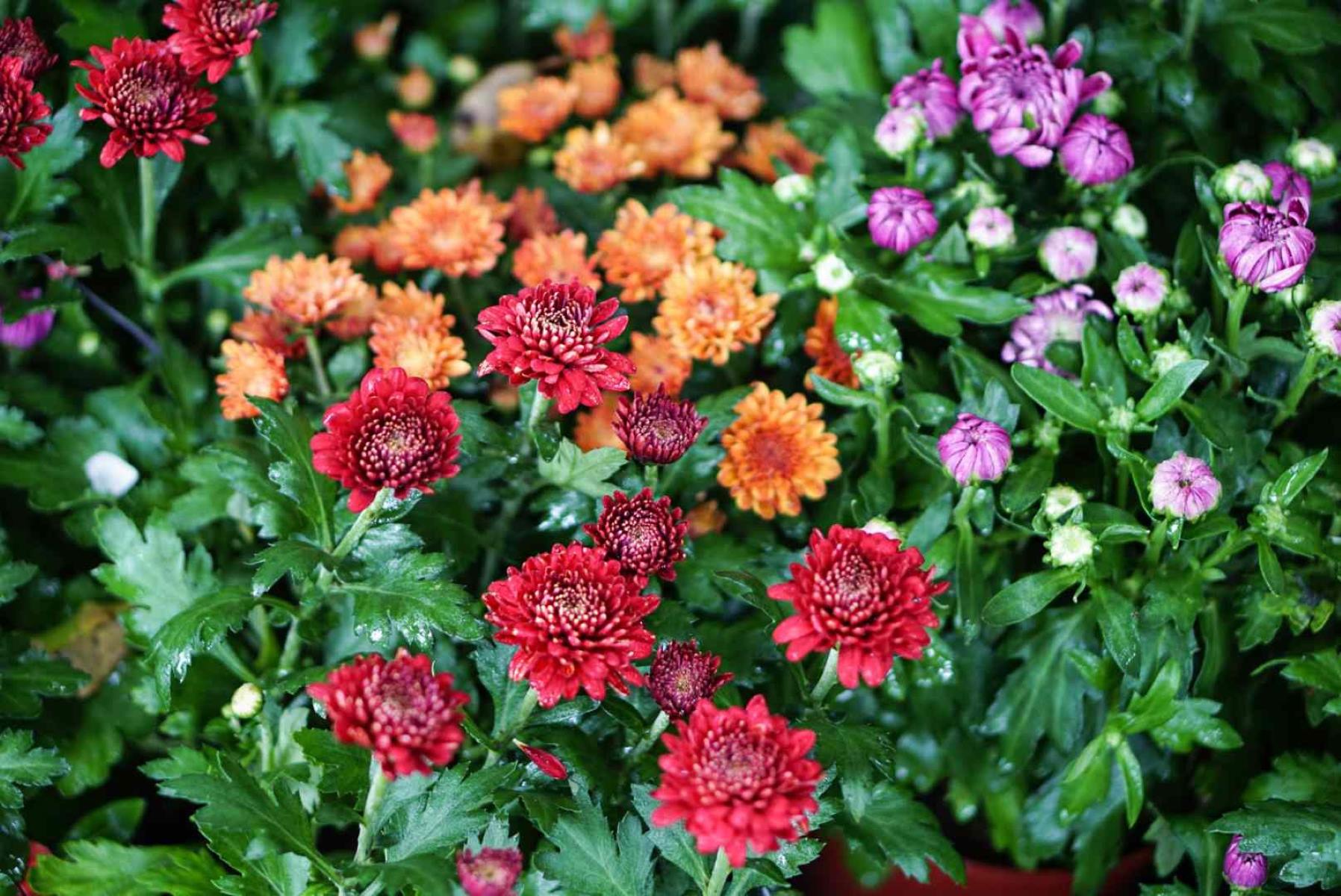

Plant Care & Gardening Tips
How To Take Care Of Mums In Texas
Modified: March 2, 2024
Learn essential plant care and gardening tips for mums in Texas to keep your garden vibrant and healthy. Discover expert advice for nurturing mums in the unique climate of Texas.
(Many of the links in this article redirect to a specific reviewed product. Your purchase of these products through affiliate links helps to generate commission for Storables.com, at no extra cost. Learn more)
Selecting the Right Location for Mums
Selecting the right location for mums is crucial for their overall health and vitality. When choosing a spot to plant your mums in Texas, it's essential to consider several key factors to ensure their success. Here are some important considerations to keep in mind:
-
Sunlight: Mums thrive in areas with ample sunlight. Look for a location that receives at least six hours of direct sunlight per day. In Texas, it's important to be mindful of the intense heat, so consider providing some afternoon shade to protect the plants from scorching.
-
Soil Quality: Mums prefer well-draining soil with a slightly acidic to neutral pH. Before planting, assess the soil in your chosen location. If the soil is heavy or compacted, consider amending it with organic matter such as compost to improve drainage and fertility.
-
Air Circulation: Adequate air circulation is essential for preventing fungal diseases in mums. Choose a location that allows for good airflow around the plants, which can help reduce the risk of powdery mildew and other common issues.
-
Protection from Wind: While mums benefit from good air circulation, they also need protection from strong winds, which can damage their delicate blooms and stems. If your chosen location is prone to strong winds, consider planting mums near a windbreak, such as a fence or shrubbery, to shield them from excessive gusts.
-
Space and Aesthetics: Consider the overall aesthetic and spacing of your mums within your garden or landscape. Ensure that the chosen location provides enough space for the mums to grow and spread without overcrowding other plants. Additionally, think about how the mums will complement the surrounding elements of your garden, such as other flowers, shrubs, or hardscape features.
By carefully considering these factors when selecting a location for your mums in Texas, you can create an optimal environment for these beautiful and vibrant plants to thrive. With the right conditions in place, your mums are more likely to flourish and reward you with an impressive display of colorful blooms.
Key Takeaways:
- Selecting the Right Location for Mums
Choose a sunny spot with good airflow and protection from strong winds. Ensure well-draining soil and consider the overall aesthetic and spacing for healthy and vibrant mums in Texas. - Planting and Transplanting Mums
Plant mums in the fall for best results. When transplanting, do so in early spring or fall, and water thoroughly to help them thrive in Texas.
Read more: How To Take Care Of Pelee Mums
Planting and Transplanting Mums
When it comes to planting and transplanting mums in Texas, timing and technique are essential for ensuring the plants' successful establishment and long-term growth. Whether you're starting with potted mums from a nursery or transplanting existing plants within your garden, following the right steps can make a significant difference in their overall health and vigor.
Planting Mums
When planting mums in Texas, it's crucial to consider the timing to give the plants the best chance of thriving. In the Lone Star State, the ideal time for planting mums is during the fall, typically in September or early October. This timing allows the plants to establish their root systems before the onset of winter while also benefiting from the milder temperatures of the season.
To plant mums, begin by preparing the soil in the chosen location. Ensure that the soil is well-draining and has been enriched with organic matter to provide essential nutrients for the plants. Dig a hole that is slightly larger than the root ball of the mum plant, and gently loosen the roots before placing the plant in the hole. Backfill the hole with soil, pressing gently to secure the plant in place, and water thoroughly to help settle the soil around the roots.
When spacing multiple mum plants, be sure to provide adequate room for their mature size, typically around 18 to 24 inches apart, allowing for proper air circulation and future growth. After planting, consider applying a layer of mulch around the base of the plants to help retain moisture, regulate soil temperature, and suppress weed growth.
Transplanting Mums
Transplanting mums within your garden may be necessary to optimize their growing conditions or to refresh their location for aesthetic reasons. If you need to transplant mums in Texas, the best time to do so is in the early spring, before new growth begins or in the fall after the blooming season has ended.
To transplant mums, start by preparing the new planting hole in the desired location, ensuring that the soil quality and sunlight exposure align with the plants' needs. Carefully dig around the existing mum plant, taking care to preserve the root system as much as possible. Lift the plant from the ground, keeping the root ball intact, and promptly replant it in the prepared hole at the same depth as it was previously growing. Water the transplanted mums thoroughly to help reduce transplant shock and aid in their acclimation to the new location.
By following these planting and transplanting guidelines, you can set the stage for healthy and robust mums in your Texas garden. Whether you're introducing new mums to your landscape or relocating existing plants, proper planting and transplanting techniques can contribute to the long-term success and vibrancy of these beloved flowering perennials.
Watering and Fertilizing Mums
Proper watering and fertilizing practices are essential for maintaining the health and vitality of mums in Texas. These flowering perennials have specific needs when it comes to moisture and nutrients, and understanding how to meet these requirements can significantly impact their overall growth and blooming potential.
Read more: How To Take Care Of Mums In Florida
Watering Mums
In Texas, where the climate can be characterized by hot and dry conditions, watering mums appropriately is crucial for their well-being. While mums require consistent moisture, it's important to strike a balance and avoid overwatering, which can lead to root rot and other issues. To determine when to water your mums, it's beneficial to monitor the soil moisture levels and consider the following guidelines:
-
Soil Moisture: Check the soil moisture regularly by inserting your finger into the soil near the base of the plants. If the soil feels dry to a depth of about an inch, it's time to water the mums. However, if the soil feels moist, it's best to hold off on watering to prevent waterlogged conditions.
-
Morning Watering: In Texas, where temperatures can soar during the day, consider watering your mums in the morning to allow the plants to uptake moisture before the heat intensifies. This can help reduce water loss through evaporation and provide the mums with the hydration they need to endure the hot afternoons.
-
Deep Watering: When watering mums, aim to provide deep, thorough watering rather than frequent shallow watering. This encourages the development of a robust root system as the roots grow deeper in search of moisture, making the plants more resilient during periods of drought.
Fertilizing Mums
Fertilizing mums is another critical aspect of their care regimen, as it directly impacts their growth, blooming, and overall vigor. In Texas, where the soil may lack certain nutrients, applying the right type of fertilizer at the appropriate times can make a significant difference in the plants' performance. Consider the following tips for fertilizing mums effectively:
-
Balanced Fertilizer: Use a balanced, slow-release fertilizer with an NPK ratio suited for flowering plants, such as 10-10-10 or 20-20-20. This provides mums with essential nutrients, promoting healthy foliage and prolific blooms.
-
Timing: Apply fertilizer to mums in early spring as new growth emerges, and again in late spring or early summer to support robust blooming. Avoid fertilizing mums in late summer or fall, as this can stimulate tender growth that may be susceptible to frost damage.
-
Application Technique: When applying fertilizer, follow the manufacturer's instructions regarding the proper dosage and application method. It's advisable to water the mums before and after applying fertilizer to help distribute the nutrients and prevent potential root burn.
By adhering to these watering and fertilizing guidelines, you can optimize the growing conditions for mums in Texas, promoting their resilience, lush foliage, and abundant, vibrant blooms. With proper care and attention to their moisture and nutrient needs, mums can thrive and enrich your garden with their captivating beauty.
Pruning and Deadheading Mums
Pruning and deadheading are essential tasks for maintaining the health, appearance, and blooming capacity of mums in Texas. By understanding the purpose and techniques of these practices, gardeners can promote vigorous growth, prolong the blooming period, and enhance the overall aesthetic appeal of their mums.
Pruning Mums
Pruning mums is a valuable technique for shaping the plants, controlling their size, and encouraging bushier growth. In Texas, where mums can experience rapid growth due to favorable conditions, regular pruning can help prevent the plants from becoming leggy and unkempt. The following steps can guide you through the process of pruning mums effectively:
-
Early Pinching: When mums reach a height of 6 to 8 inches in the spring, consider pinching back the top inch of each stem. This encourages lateral branching and results in more compact, fuller plants.
-
Mid-Summer Pruning: Around mid-summer, when the plants have grown to about 6 to 8 inches tall again, consider another round of pinching to promote additional branching and prevent the mums from becoming overly leggy.
-
Removal of Spent Blooms: Throughout the blooming season, promptly remove spent blooms by snipping them off just above a set of healthy leaves or a bud. This practice, known as deadheading, redirects the plant's energy from seed production back into new growth and blooming.
Read more: How To Take Care Of Mums In The Winter
Deadheading Mums
Deadheading is a simple yet impactful practice that involves the removal of faded or spent flowers from the mum plants. This process not only maintains the visual appeal of the plants but also stimulates further blooming and prevents the formation of seeds. Here's how to deadhead mums effectively:
-
Regular Inspection: Routinely inspect the mum plants for faded or wilted flowers. As soon as a bloom begins to decline, it's time to deadhead.
-
Pruning Shears: Use clean and sharp pruning shears to snip off the spent blooms just above a set of healthy leaves or a bud. Make the cut at a slight angle to prevent water from pooling on the cut stem.
-
Consistent Deadheading: Throughout the blooming season, make a habit of deadheading mums regularly to encourage the continuous production of new flowers and maintain a tidy, attractive appearance.
By incorporating proper pruning and deadheading practices into your mum care routine, you can promote a more compact, lush growth habit and extend the blooming period of these delightful perennials. Additionally, the removal of spent blooms not only enhances the visual appeal of the plants but also redirects their energy towards producing new, vibrant flowers, resulting in a more abundant and enduring display of color in your Texas garden.
Protecting Mums from Pests and Diseases
Protecting mums from pests and diseases is crucial for maintaining their health and ensuring a vibrant display of blooms in your Texas garden. These beloved flowering perennials are susceptible to a range of common pests and diseases, and implementing proactive measures can help safeguard them against potential threats. By staying vigilant and taking preventive steps, you can create an environment that promotes the well-being and longevity of your mums.
Pest Prevention
Pests such as aphids, spider mites, and caterpillars can pose a threat to mums, causing damage to the foliage and compromising the plants' overall vigor. To protect mums from pests, consider the following strategies:
-
Regular Inspection: Routinely inspect the mums for signs of pest infestations, including distorted leaves, webbing, or visible insects. Early detection can help prevent the escalation of pest problems.
-
Natural Predators: Encourage the presence of beneficial insects, such as ladybugs and lacewings, which feed on common garden pests. Planting companion flowers that attract these natural predators can help maintain a balanced ecosystem in your garden.
-
Horticultural Oils and Soaps: Utilize horticultural oils and insecticidal soaps as a non-toxic method to control pests. These products can effectively manage aphids, mites, and other soft-bodied insects while minimizing harm to beneficial insects.
-
Organic Pest Control: Consider using organic pest control methods, such as neem oil or diatomaceous earth, to deter and manage pest populations without resorting to harsh chemicals.
Disease Management
Mums are susceptible to fungal diseases such as powdery mildew, downy mildew, and gray mold, especially in humid or poorly ventilated conditions. To protect mums from diseases, consider the following preventive measures:
-
Air Circulation: Ensure proper air circulation around the mums by spacing them adequately and avoiding overcrowding. Good airflow can help reduce the risk of fungal diseases by minimizing excess moisture on the foliage.
-
Drip Irrigation: Utilize drip irrigation or soaker hoses to water the mums at the base of the plants, keeping the foliage dry. This can help prevent the spread of fungal spores that thrive in moist conditions.
-
Sanitation: Remove and dispose of any diseased or fallen foliage promptly to prevent the spread of fungal spores. Prune out affected plant parts and maintain a clean garden environment to minimize disease pressure.
-
Fungicide Applications: In cases where fungal diseases persist, consider using fungicidal treatments following the manufacturer's recommendations. Selective application of fungicides can help manage existing infections and prevent further spread.
By implementing these proactive strategies, you can create a resilient defense against pests and diseases, safeguarding the health and beauty of your mums in Texas. With a focus on prevention and sustainable practices, you can nurture thriving mums that enrich your garden with their captivating colors and graceful blooms.
Overwintering Mums in Texas
Overwintering mums in Texas presents a unique set of considerations due to the state's diverse climate and occasional temperature fluctuations. Proper preparation and care during the winter months can significantly impact the mums' ability to survive and thrive in the following growing season. Here are essential guidelines for successfully overwintering mums in Texas:
Mulching and Insulation
Before the onset of winter, apply a generous layer of organic mulch around the base of the mum plants. Mulch serves as insulation, helping to regulate soil temperature and protect the roots from extreme cold. In Texas, where winter temperatures can vary widely, mulching provides a buffer against sudden freezes and thaws, reducing the risk of root damage and frost heaving.
Adequate Watering
As winter approaches, adjust the watering frequency for mums to accommodate the cooler conditions. While the plants may require less water during the dormant period, it's essential to ensure that they receive adequate moisture, especially during dry spells. Be mindful of the soil moisture levels and water the mums as needed, aiming to keep the soil slightly moist but not waterlogged.
Pruning and Clean-Up
In late fall, after the mums have finished blooming, consider pruning the plants to remove any remaining spent blooms and tidying up the foliage. Additionally, remove any debris or fallen leaves from around the plants to minimize the risk of disease and pest issues during the winter months. Pruning can also help maintain the mums' shape and prepare them for rejuvenated growth in the spring.
Read more: How Do You Take Care Of Mums
Protection from Extreme Conditions
In regions of Texas where temperatures can dip significantly, consider providing additional protection for the mums. This can include using frost cloth or row covers to shield the plants from harsh cold snaps or sudden temperature fluctuations. By providing a physical barrier against extreme conditions, you can help safeguard the mums and increase their chances of surviving the winter unscathed.
Monitoring and Care
Throughout the winter, periodically check on the mums to ensure they are faring well. Keep an eye out for signs of stress, such as excessive wilting or discoloration, and take appropriate measures to address any issues promptly. While the plants may be dormant, maintaining a level of care and vigilance can contribute to their overall resilience and readiness for the upcoming spring season.
By implementing these overwintering practices, gardeners in Texas can enhance the mums' ability to withstand the challenges of winter and emerge with vigor when the warmer weather returns. With thoughtful preparation and attentive care, mums can continue to grace the garden with their enchanting blooms, adding a touch of color and elegance to the Texas landscape.
Frequently Asked Questions about How To Take Care Of Mums In Texas
Was this page helpful?
At Storables.com, we guarantee accurate and reliable information. Our content, validated by Expert Board Contributors, is crafted following stringent Editorial Policies. We're committed to providing you with well-researched, expert-backed insights for all your informational needs.
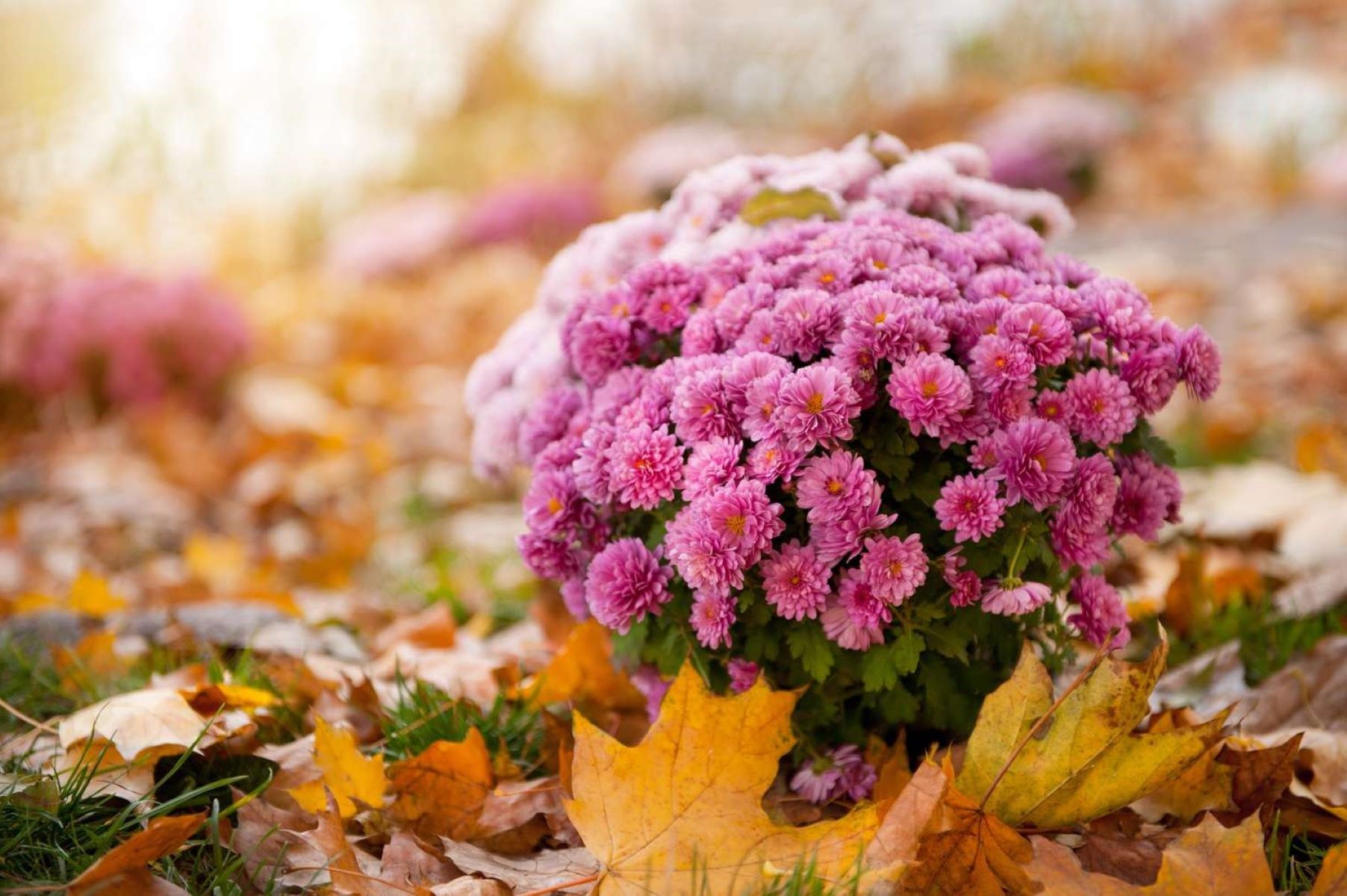

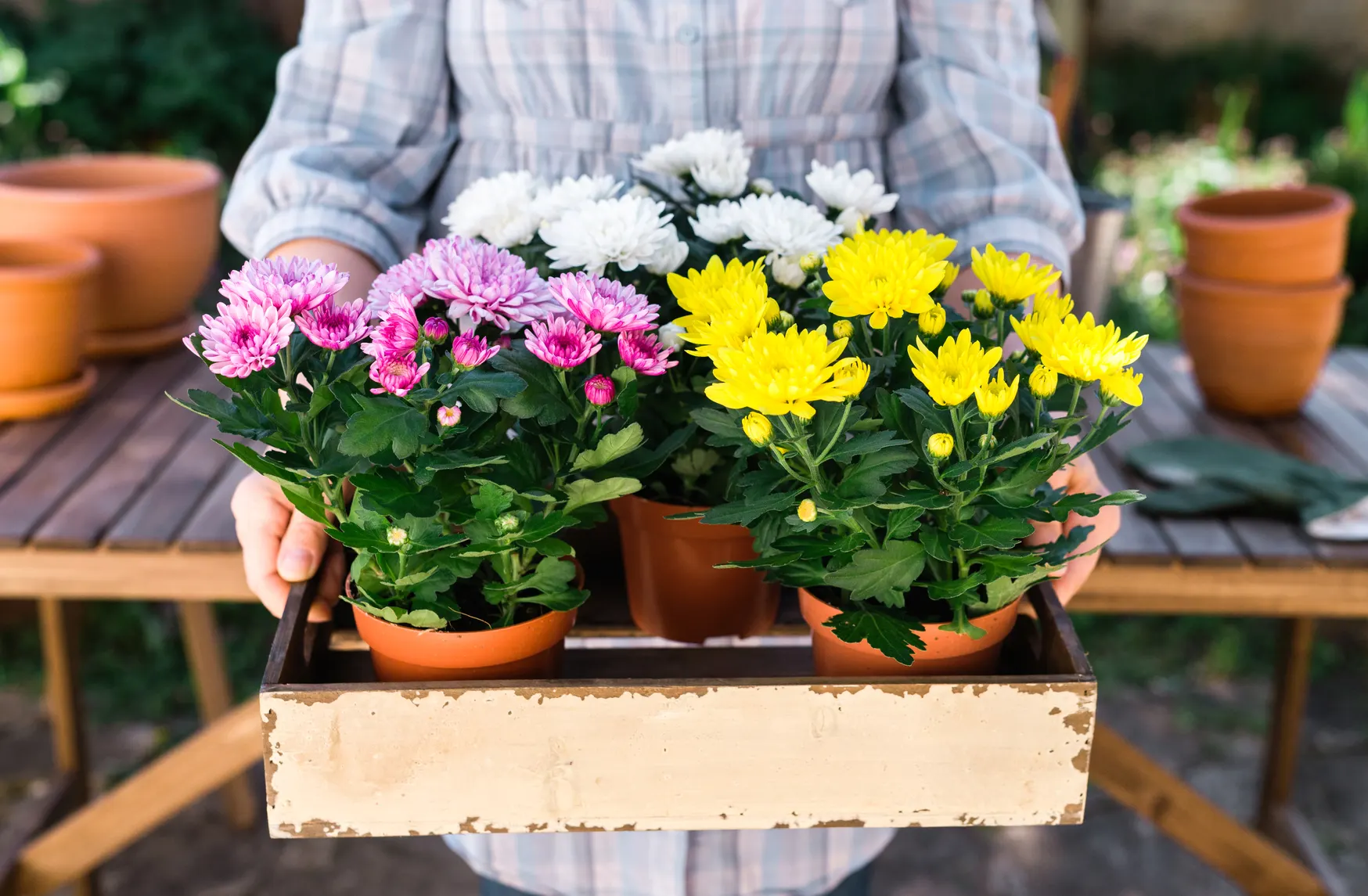
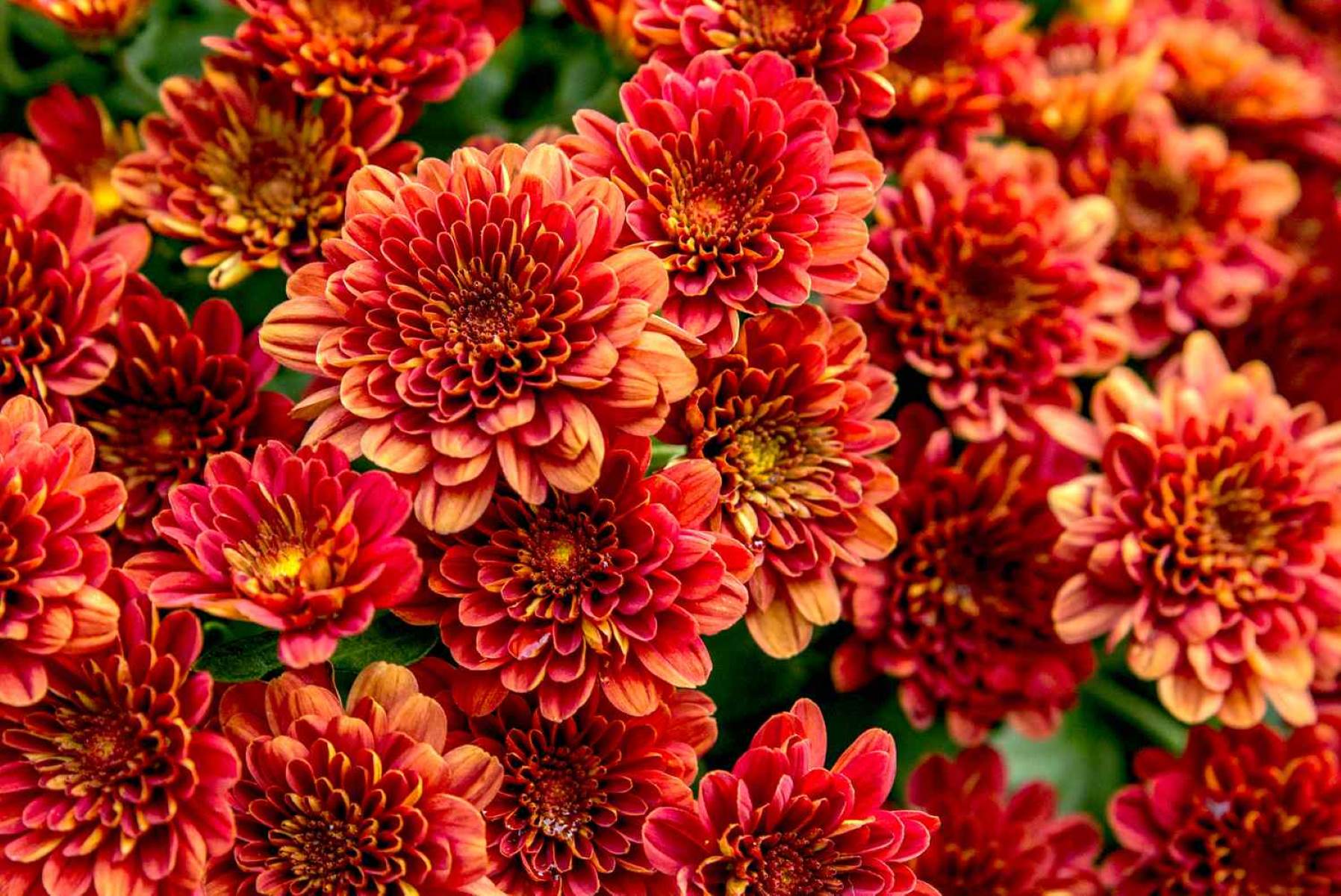

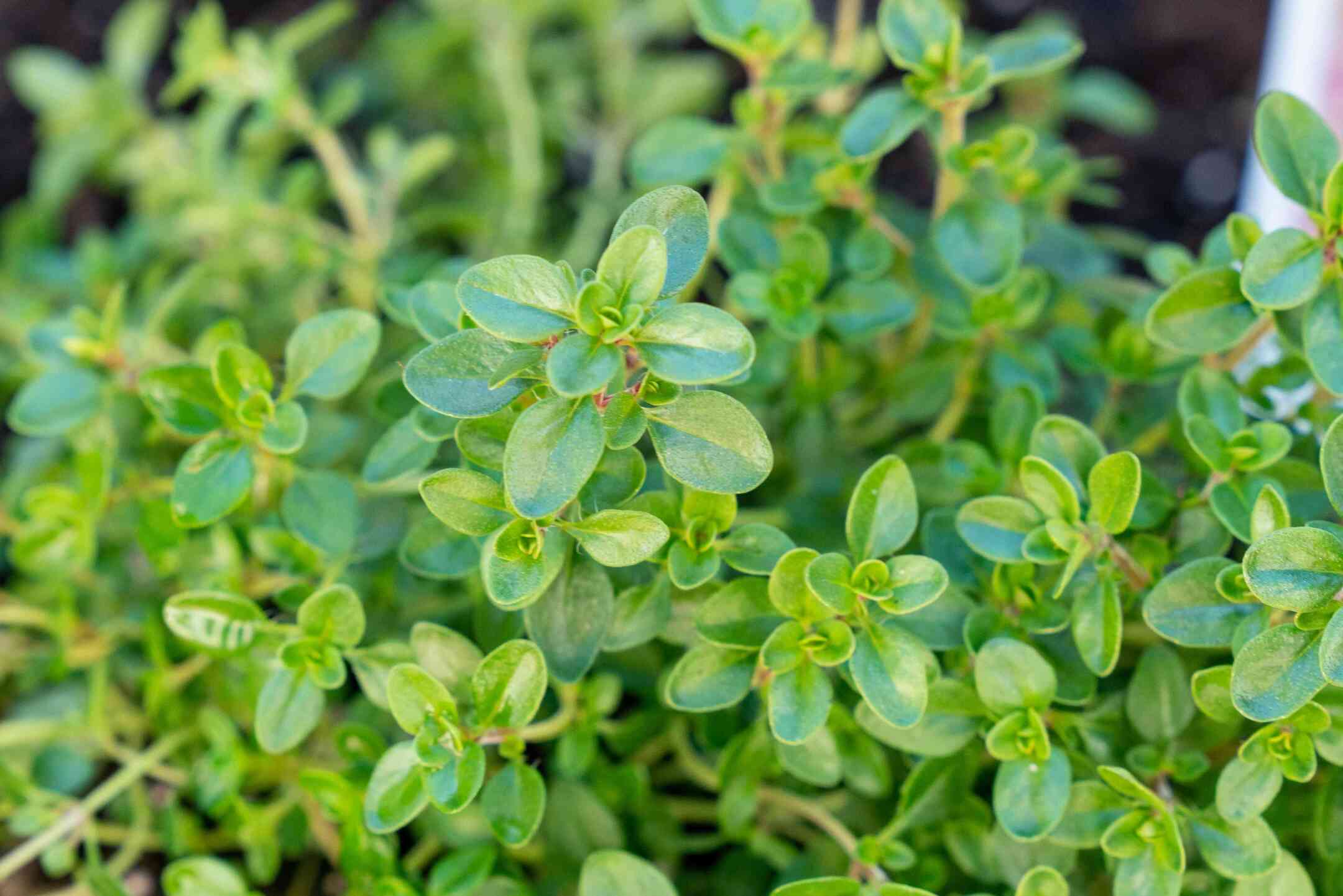
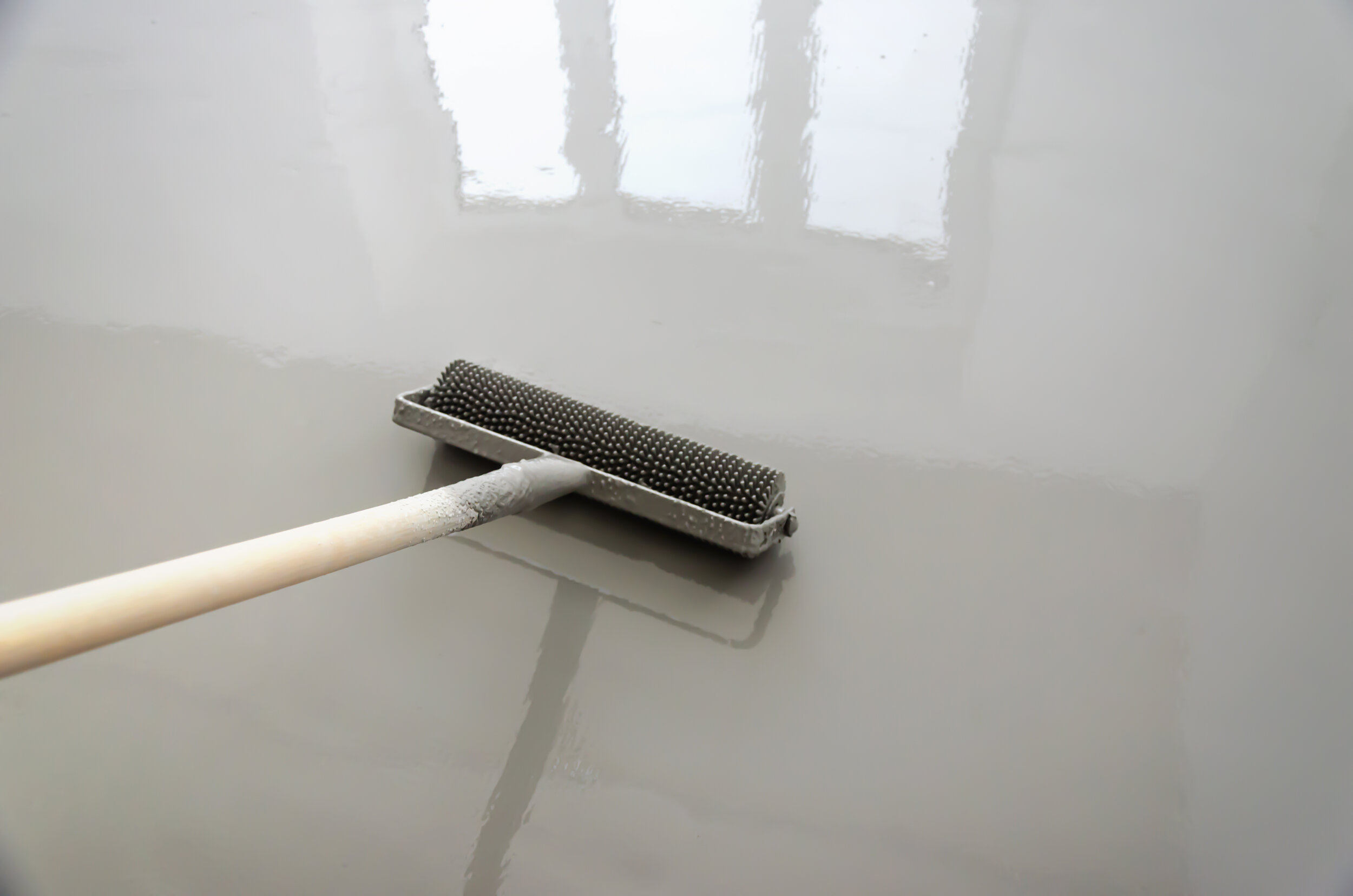
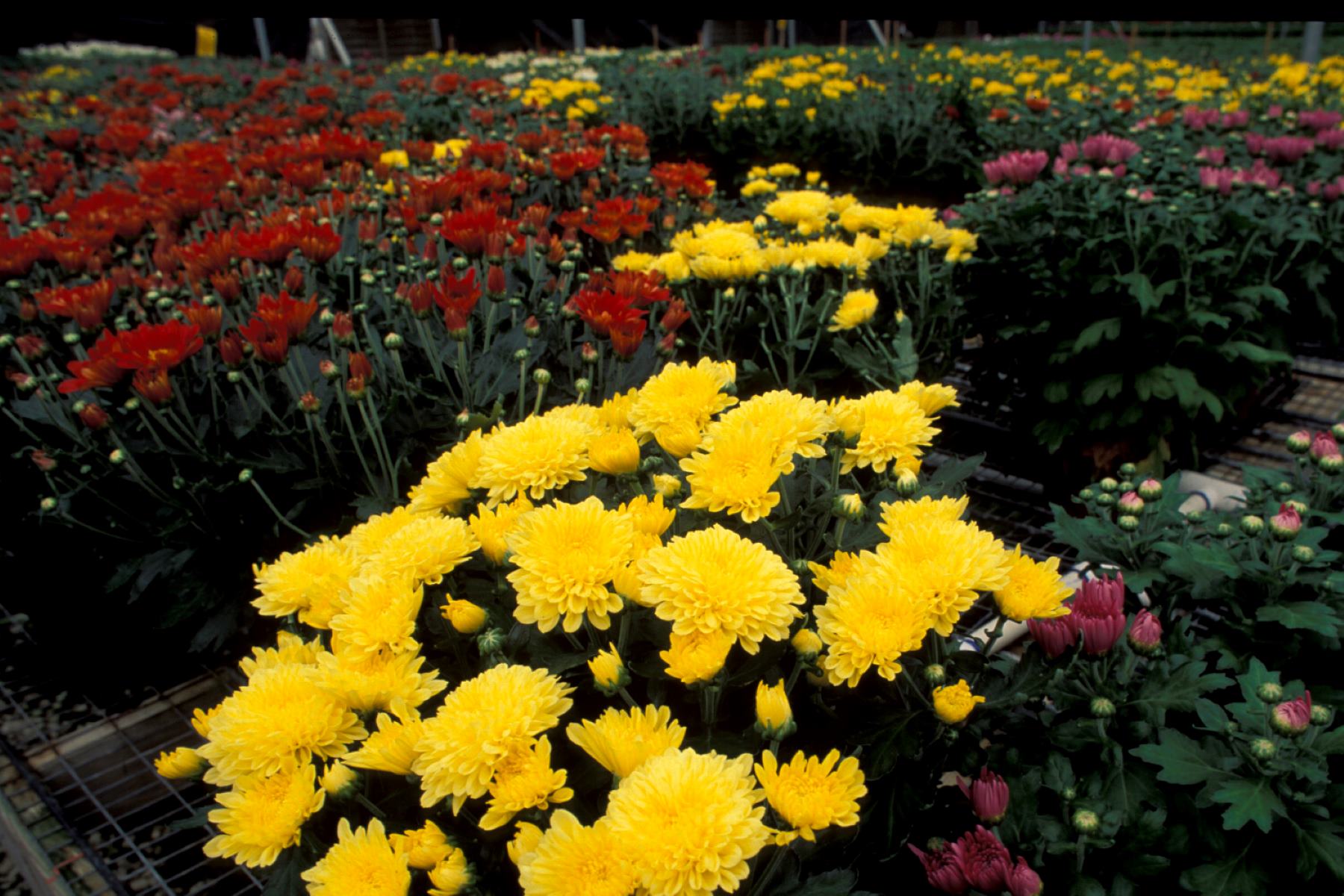
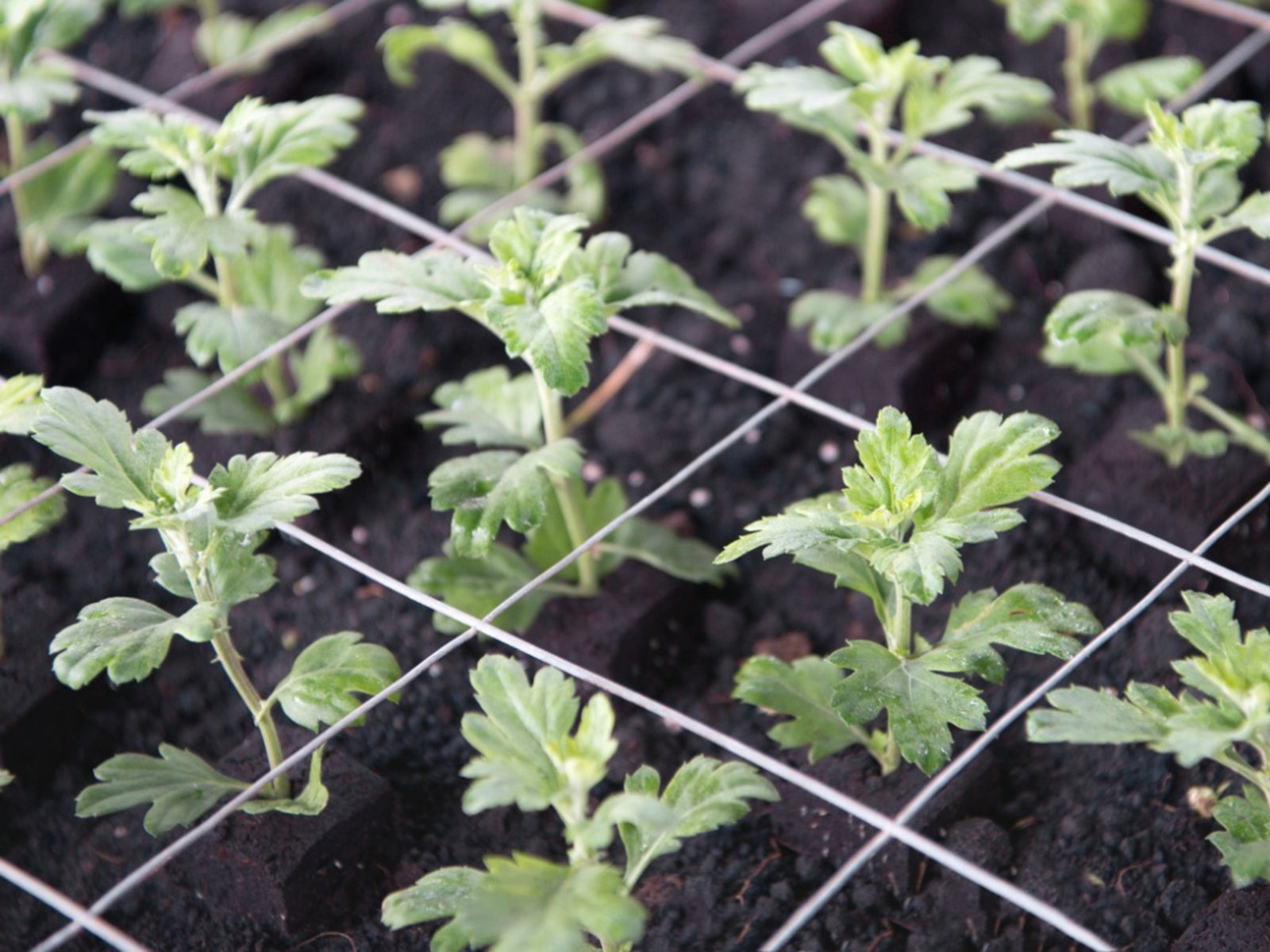

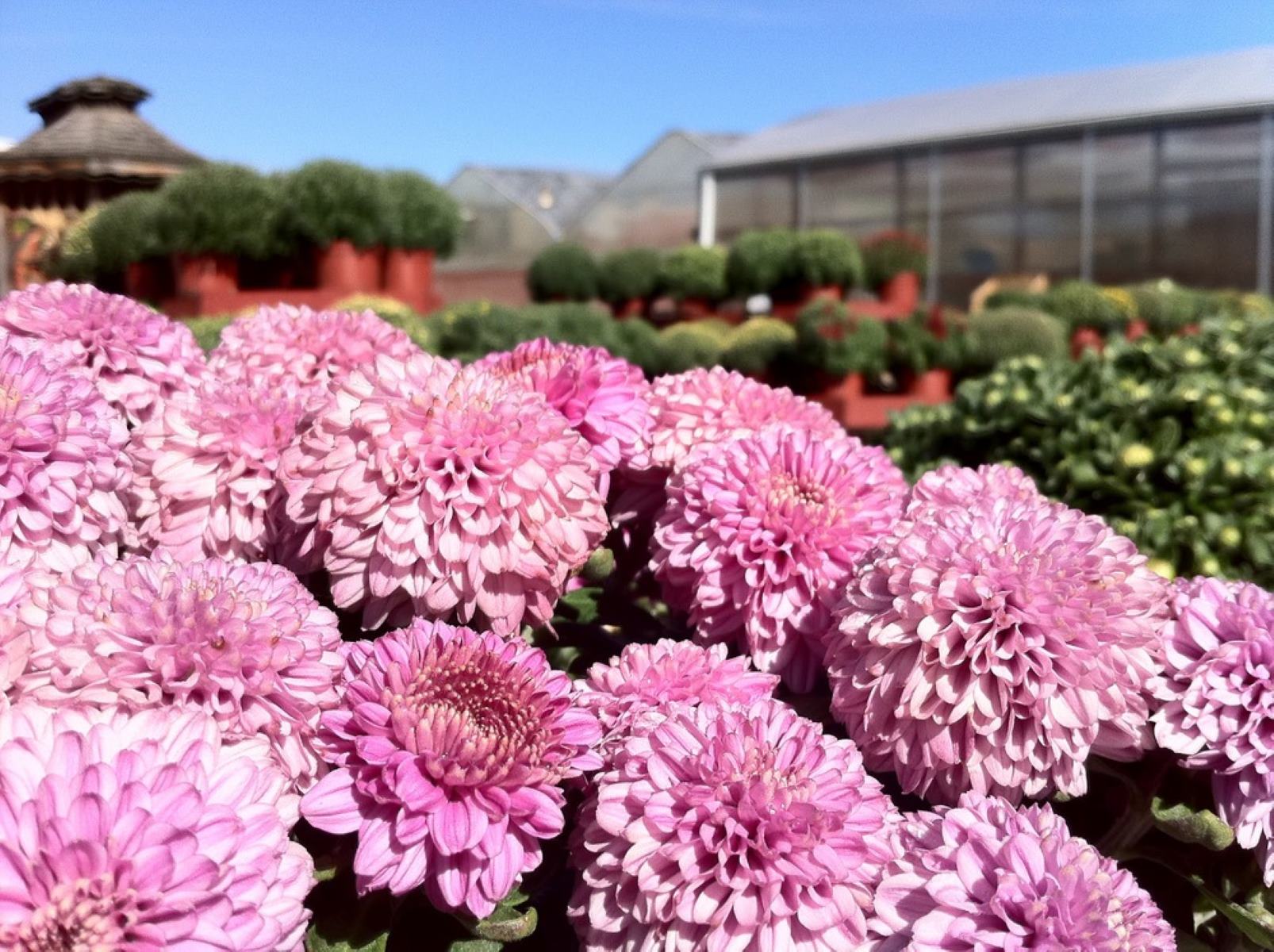

0 thoughts on “How To Take Care Of Mums In Texas”